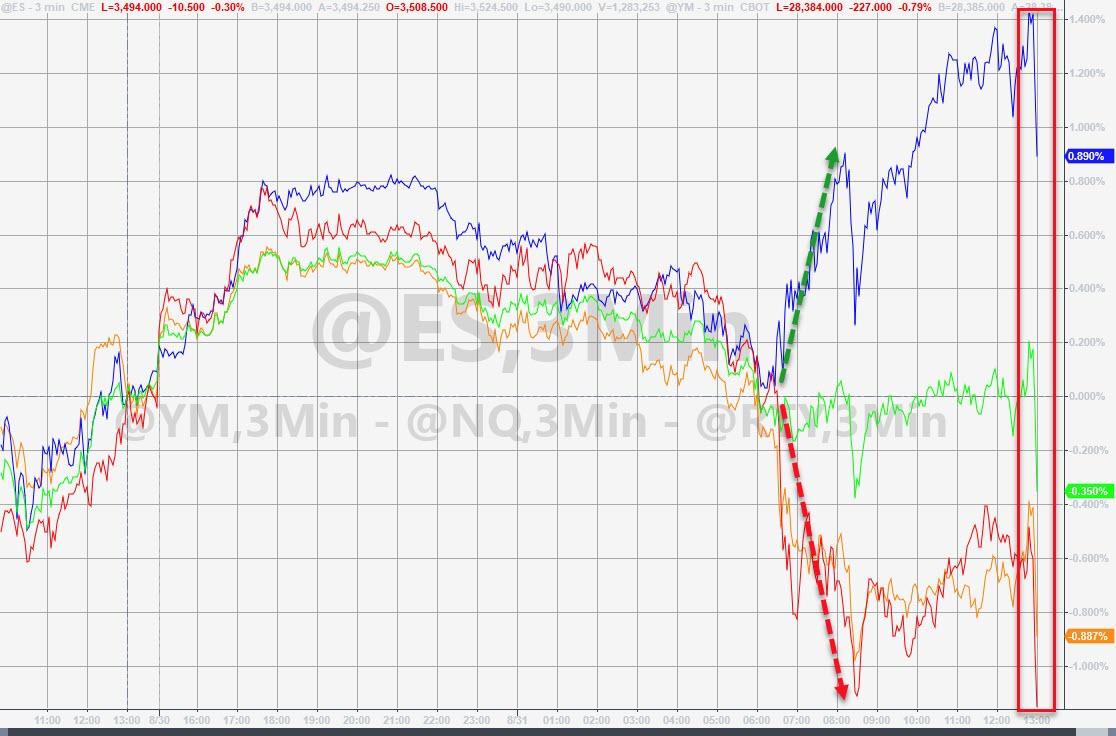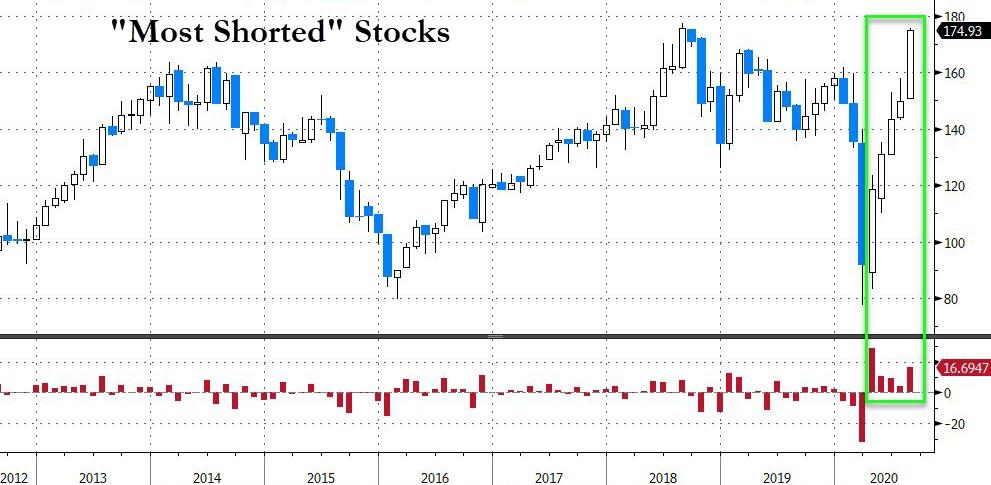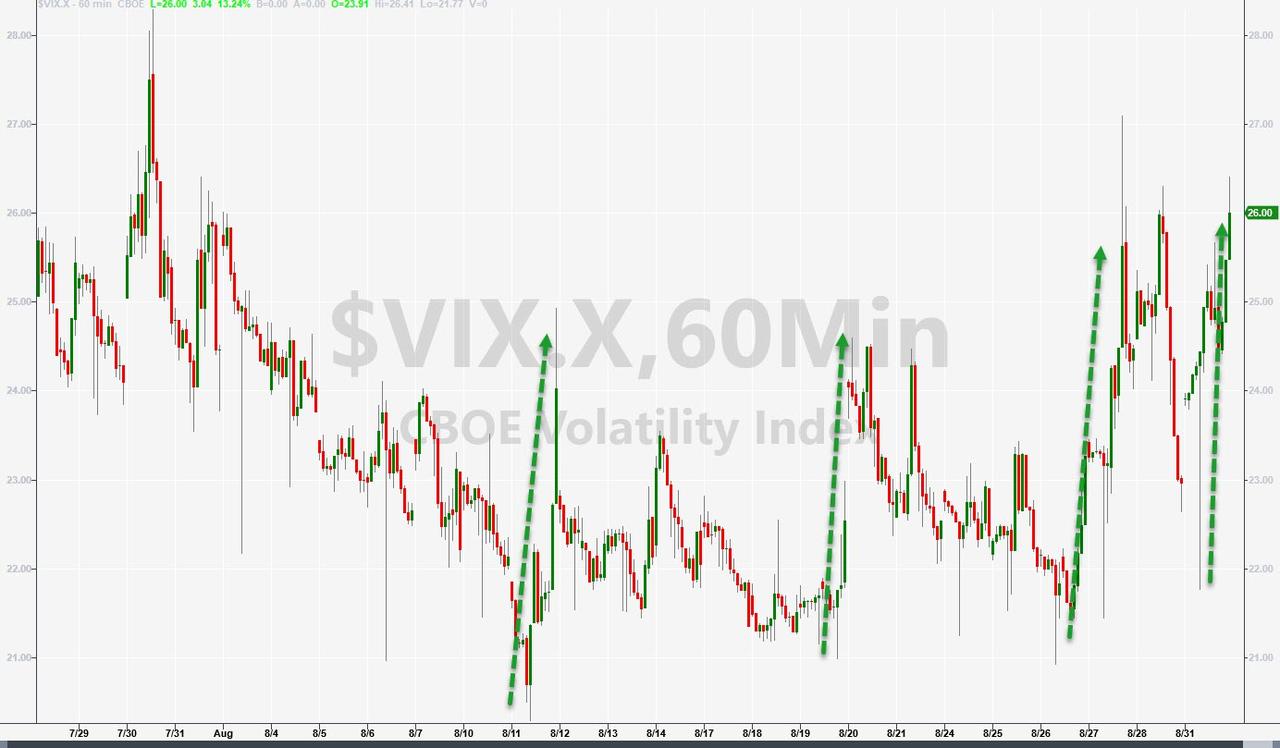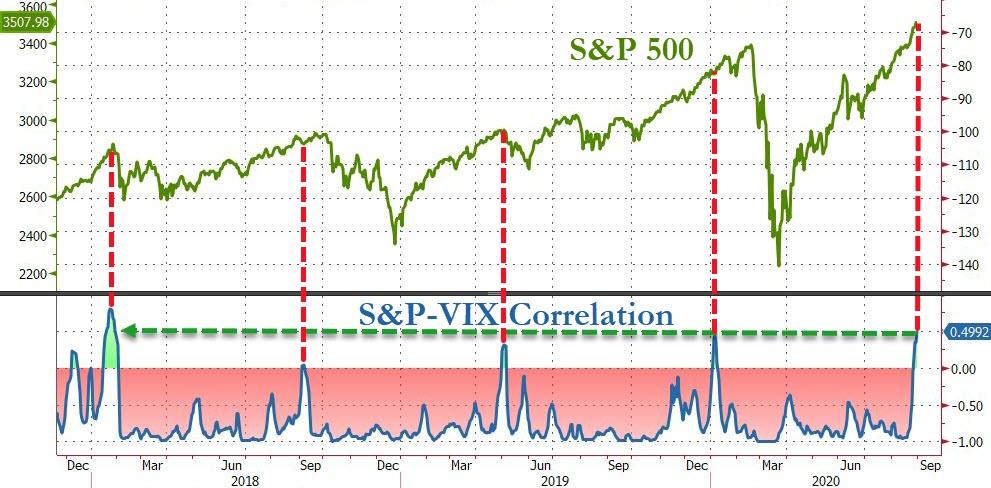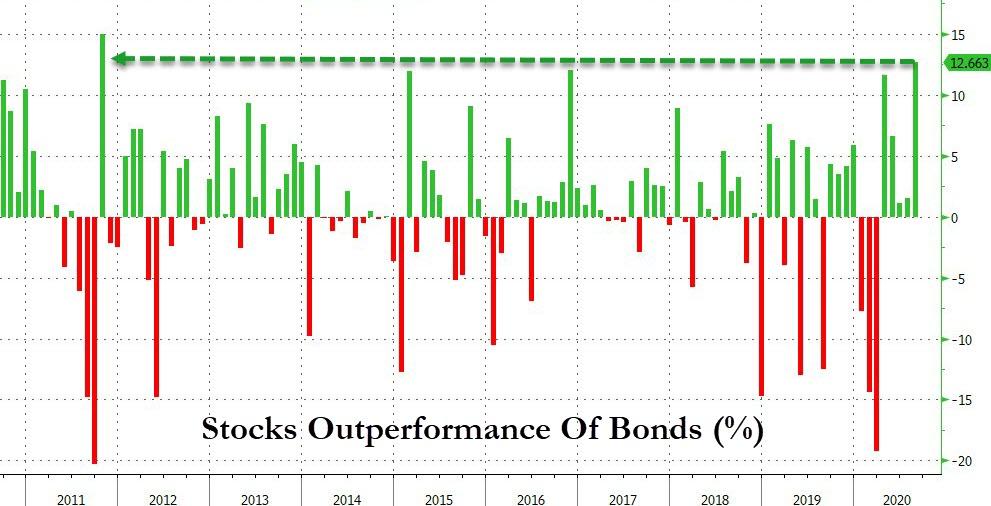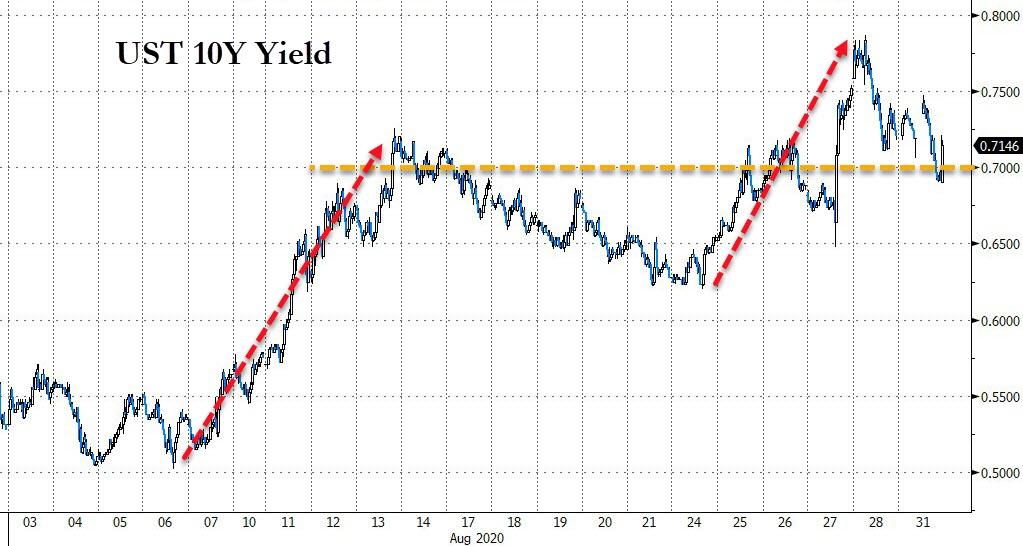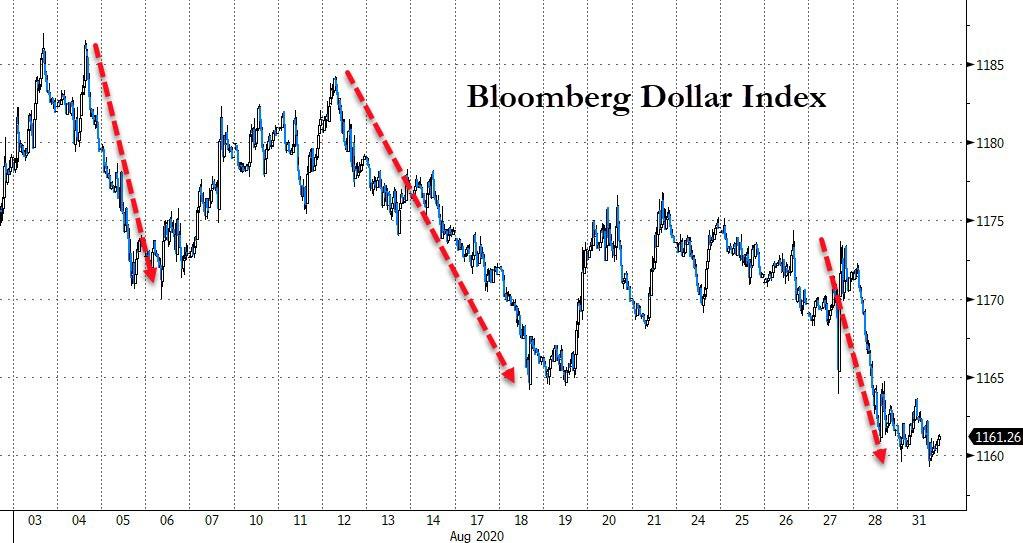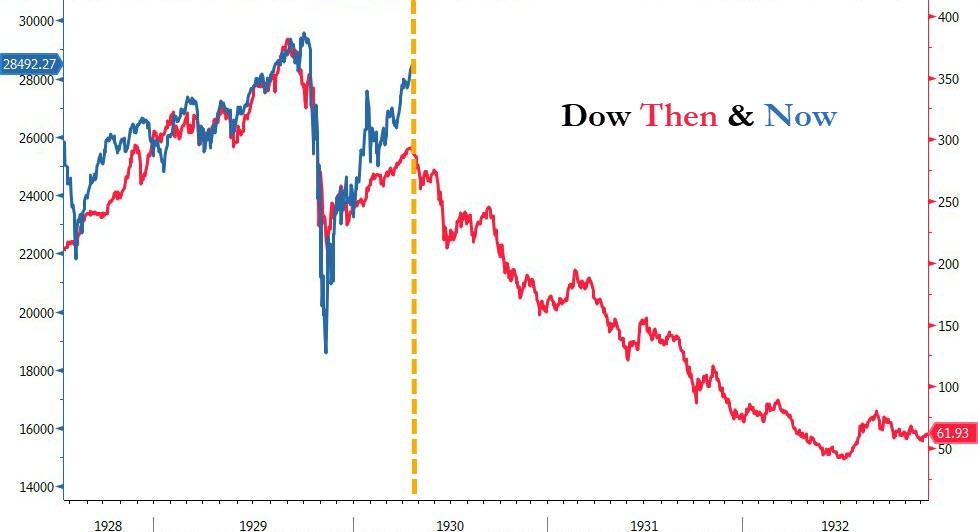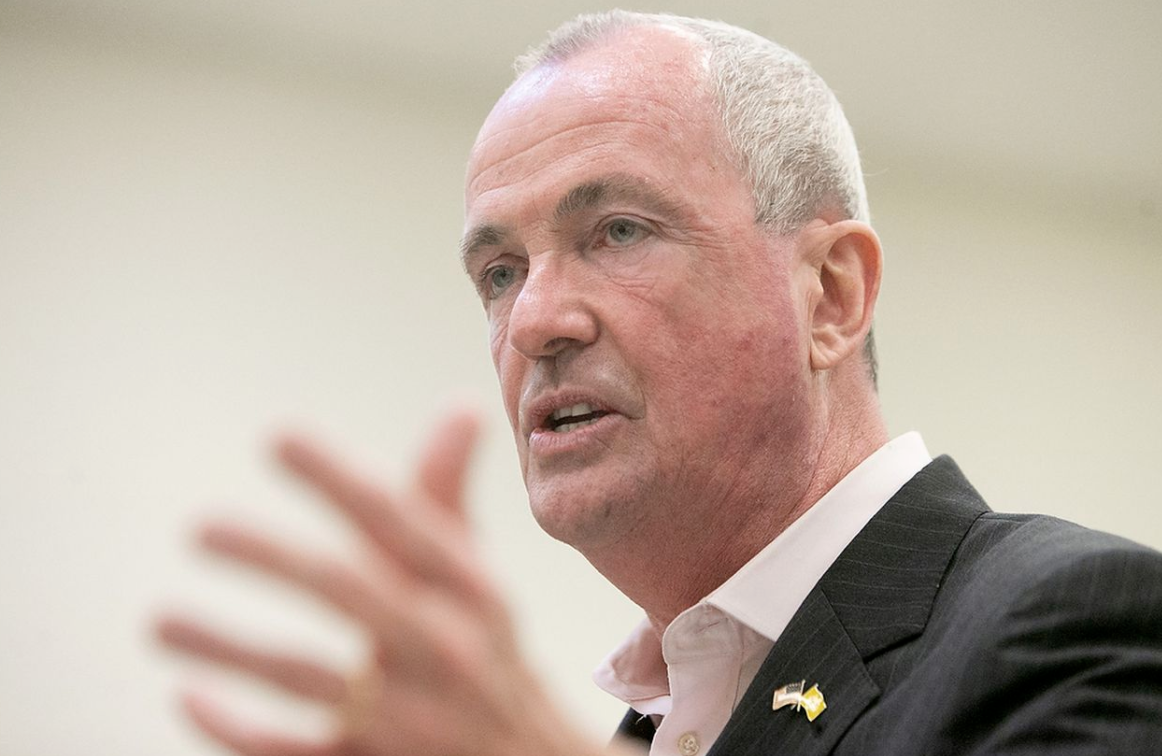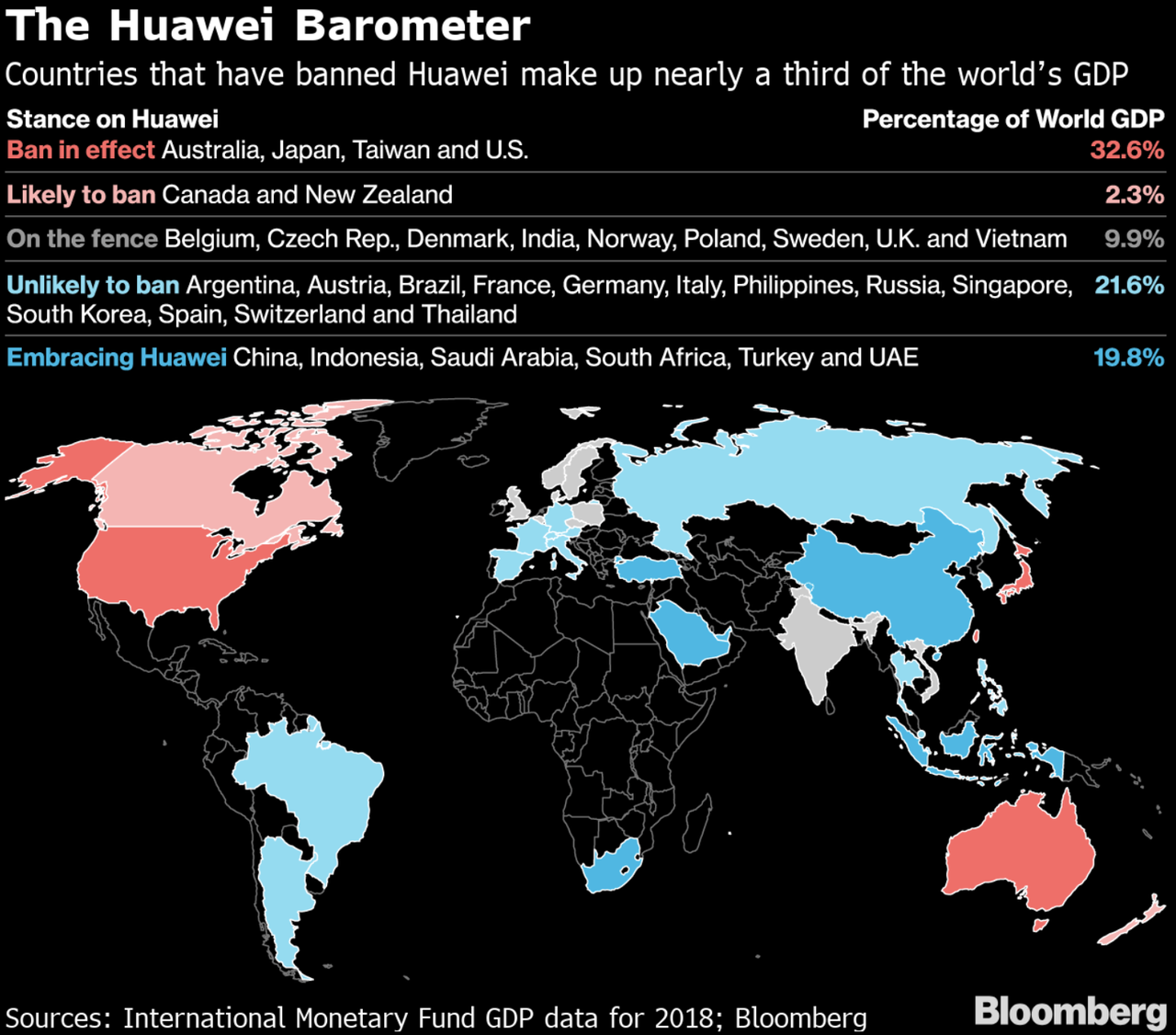Here is an excerpt (you can also read the whole petition, and this post with the backstory):
On July 22, 2020, a Cincinnati police officer filed a complaint in the [Hamilton County Court of Common Pleas] under the pseudonym “M.R.” against five named defendants, and “John Does #1-20,” asserting multiple tort claims, including claims for false light invasion of privacy and defamation arising out statements allegedly made by the defendants on social media and in complaints filed with the Cincinnati Citizens Complaint Authority (“CCA”) ….
In conjunction with the filing of his complaint, M.R. filed a Motion for Leave to File Affidavit Under Seal and to Proceed Under a Pseudonym …. The Underlying Action was assigned to Respondent [Judge Megan Shanahan], who granted the Motion to Seal on July 22, 2020 …. The Sealing Order does not contain any of the findings required by Sup.R. 45(E), merely reciting that the “Court finds such Motion well taken and grants same.” … Although Respondent initially set a hearing on Relators’ motions to unseal, she advised the parties via an email from her staff on August 21, 2020, that the hearing was canceled….
The First Amendment … gives the public a presumptive right of access to court documents filed in a civil case. See Rudd Equip. Co., Inc. v. John Deere Constr. & Forestry Co., 834 F.3d 589, 593 (6th Cir. 2016) (citing Brown & Williamson Tobacco Corp. v. FTC, 710 F.2d 1165, 1179 (6th Cir. 1983)). See also State ex rel. Beacon Journal Publ’g Co. v. Bond, 98 Ohio St. 3d 146, 2002-Ohio-7117, 781 N.E.2d 180 (recognizing First Amendment right of access to documents filed in criminal proceedings). “A plaintiff’s use of a pseudonym ‘runs afoul of the public’s common law right of access to judicial proceedings.'” Doe v. Megless, 654 F.3d 404, 408 (3d Cir. 2011) (citation omitted); see also In re Sealed Case, No. 19-1216, 2020 WL 4873248, *2 (D.C. Cir. Aug. 20, 2020); Doe v. Public Citizen, 749 F.3d 246, 273 (4th Cir. 2014). Consistent with the First Amendment, Superintendence Rule 45(A) provides that “[c]ourt records are presumed open to public access.” …
Both a complaint and affidavit filed with the clerk of court in a civil action constitute “a document or information in a document submitted to a court or filed with a clerk of court in a judicial action or proceeding.” Thus, M.R.’s name, and his affidavit, each constitute a “case document” within the meaning of Sup.R. 44(C)(1). An affidavit of the kind at issue here is not exempt from public disclosure under state, federal, or the common law, and does not otherwise fall within any of the exceptions set forth in Sup.R. 44(C)(2)(b), (d)-(h). [And] Rule 10(A) of the Ohio Rules of Civil Procedure provides that “[i]n the complaint the title of the action shall include the names and addresses of all the parties.”
Under the Superintendence Rules, a court may only restrict public access to a “case document” or information in a case document if the court complies with the requirements of Sup.R. 45(E). Before restricting public access, a court must find “by clear and convincing evidence that the presumption of allowing public access is outweighed by a higher interest,” upon consideration of the factors set forth in Sup.R. 45(E)(2)(a)-(c). “When restricting public access to a case document … the court shall use the least restrictive means available.” Sup.R. 45(E)(3).
Under the First Amendment, “[o]nly the most compelling reasons can justify non-disclosure of judicial records.” Rudd Equip. Co., Inc., 834 F.3d at 593. To determine whether a record was appropriately sealed, a court should consider “among other things, the competing interests of the defendant’s right to a fair trial, the privacy rights of participants or third parties, trade secrets, and national security.” In evaluating a request by a plaintiff to proceed pseudonymously for purposes of the First Amendment, courts consider “(1) whether the plaintiff[] seeking anonymity [is] suing to challenge governmental activity; (2) whether prosecution of the suit will compel the plaintiff[] to disclose information of the utmost intimacy; (3) whether the litigation compels plaintiff[] to disclose an intention to violate the law, thereby risking criminal prosecution; and (4) whether the plaintiff[] [is a] child[].” Doe v. Bruner, 12th Dist. Clinton No. CA2011-07-013, 2012-Ohio-761, ¶ 7 (internal quotations omitted). See also Doe v. McKesson, 322 F.R.D. 456 (M.D. La. 2017), aff’d, 945 F.3d 818 (5th Cir. 2019)….
Upon information and belief, Respondent did not conduct an evidentiary hearing prior to rendering the Sealing Order, and thus, did not have any evidence before her other than M.R.’s affidavit. As such, Respondent could not have found by clear and convincing evidence that the presumption of public access to M.R.’s name, and his affidavit, was outweighed by a higher interest, upon consideration of the factors set forth in Sup.R. 45(E)(2)(a)-(c).
A court’s failure to follow the procedures for sealing a case document or information therein renders the order sealing the document void, and the court record remains subject to public access. See State ex rel. Vindicator Printing Co. v. Wolff (“Wolff“), 132 Ohio St.3d 481, 2012-Ohio-3328, 974 N.E.2d 89, ¶ 37. A court’s order must include findings justifying the order to seal to allow a court to review the court’s bases and evidentiary support for restricting public access. See also Rudd Equip. Co., Inc., 834 F.3d at 596 (requiring court to set forth “specific findings and conclusions which justify nondisclosure to the public” (internal quotations omitted)). Respondent’s Sealing Order does not provide any rationale or justification for granting the Motion to Seal, or insight into why Respondent found “by clear and convincing evidence” that the Sup.R. 45(E) standard was met. The Sealing Order therefore fails to satisfy the requirements of Wolff.
Further, Respondent did not make any finding in the Sealing Order that allowing M.R. to proceed pseudonymously (i.e., redacting his name from the complaint) or restricting access to the entirety of the affidavit, were the least restrictive means available, or that Respondent considered the alternatives set forth in Sup.R. 45(E)(3)(a)-(e). Likewise, Respondent’s Sealing Order does not contain any findings or conclusions that would permit this Court to review the rationale for her order restricting access to M.R.’s name and his affidavit for purposes of the First Amendment….
In addition to the facial invalidity of the Sealing Order, there are no facts or circumstances under which it would have been appropriate for Respondent to restrict access to M.R.’s name or his affidavit under Sup.R. 45(E) or the First Amendment.
M.R. is a Cincinnati police officer and therefore a “public figure” under Ohio law. Soke v. The Plain Dealer, 632 N.E.2d 1282, 1284 (Ohio 1994) (“The United States Supreme Court has repeatedly recognized that police officers are public officials.”). As a public official, M.R.’s interest in hiding his identity from the public, while using public resources to obtain private relief, is non-existent, particularly when weighed against the public’s interest in knowing the identity of the plaintiff in this case, and the sworn allegations he has relied on to seek an order restraining the speech of private citizens. This is especially so when the allegations in the complaint concern the performance of his official duties.
Further, from the allegations made by M.R. in his complaint, Relators believe (with near certainty) they have identified M.R. through the defendants’ social media postings, and CCA complaints M.R. referenced in his own complaint, but cannot conclusively tie him to the Underlying Action without a public filing in his real name….
Accordingly, Relators are entitled to a writ of mandamus pursuant to Sup.R. 47(B) and the First Amendment compelling Respondent to direct M.R. to file a complaint under his own name and to provide public access to his affidavit.
As an alternative remedy, the petition seeks a writ of prohibition, which is often used in courtroom sealing cases in Ohio. We have also filed a motion for expedited review, on the theory that:
Each day that passes during which access to the judicial records and information sought by Relators is denied represents a serious, continuing, and irreparable injury to their constitutional rights. Elrod v. Burns, 427 U.S. 347, 373 (1976) (“The loss of First Amendment freedoms, for even minimal periods of time, unquestionably constitutes irreparable injury.”). Expedited review is therefore appropriate and necessary to prevent further injury.
Many thanks to John C. Greiner and Darren W. Ford of Graydon Head & Ritchey LLP, who wrote the petition and the motion for the Cincinnati Enquirer, and allowed me to join; and to my pro bono counsel Jeffrey M. Nye of Stagnaro, Saba & Patterson, who has helped me a great deal with the various briefs both on the unsealing and on the underlying prior restraint (where we filed an amicus brief).
from Latest – Reason.com https://ift.tt/3hLttdP
via IFTTT



